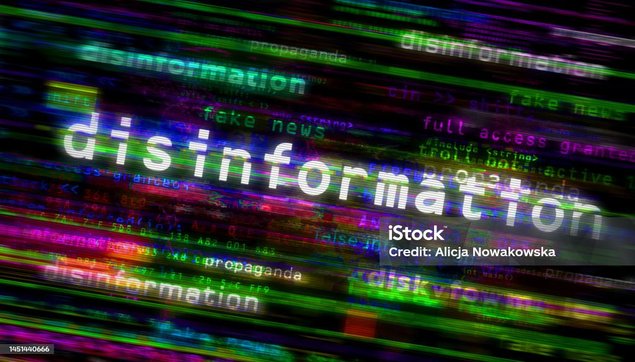What is Misinformation and Disinformation?
Misinformation VS Disinformation

In a world flooded with information, it has become increasingly important to understand the difference between misinformation and disinformation. Both terms are often used interchangeably, but they carry distinct meanings and have different impacts on society.
Misinformation: False, But Not Always Intentional
Misinformation refers to false or inaccurate information that is spread without the intent to deceive.
People sharing misinformation often believe it to be true. They might pass it along out of concern, confusion, or misunderstanding, without checking its accuracy.
Example:
- Sharing a health remedy that doesn’t actually work because you heard about it from a friend.
- Posting an outdated photo during a natural disaster, believing it’s current.
Misinformation can still cause harm, especially when it spreads quickly across social media or traditional news channels, but the key point is the absence of malicious intent.
Disinformation: False, and Meant to Deceive
Disinformation, on the other hand, is deliberately created and shared to mislead, manipulate, or cause harm.
It is a weaponized form of falsehood, often used for political, financial, or ideological gain. Disinformation campaigns are typically organized and strategic, designed to sow distrust, confusion, or division among people.
Example:
- Fake news articles created to influence elections.
- False narratives spread by state actors to destabilize another country.
- Conspiracy theories intentionally pushed to undermine trust in science or institutions.
In disinformation, the intent to deceive is clear and calculated.
Why Does the Difference Matter?
Understanding the difference between misinformation and disinformation is crucial because it shapes how we respond:
- Misinformation may require education, awareness, and fact-checking to correct.
- Disinformation demands a stronger defense, including exposure, accountability, and often legal or technological countermeasures.
Both, however, erode trust in information sources, polarize communities, and can have serious real-world consequences — from public health crises to threats to democracy.
How You Can Help
- Think before sharing: Verify the source and information before passing it along.
- Be skeptical: Especially of sensational headlines or emotionally charged content.
- Support fact-checkers: Organizations dedicated to verifying information play a crucial role in fighting misinformation and disinformation.
- Educate others: Help your friends and family understand how to recognize false information.
Together, by being more mindful and critical of the information we consume and share, we can build a more informed and resilient society.